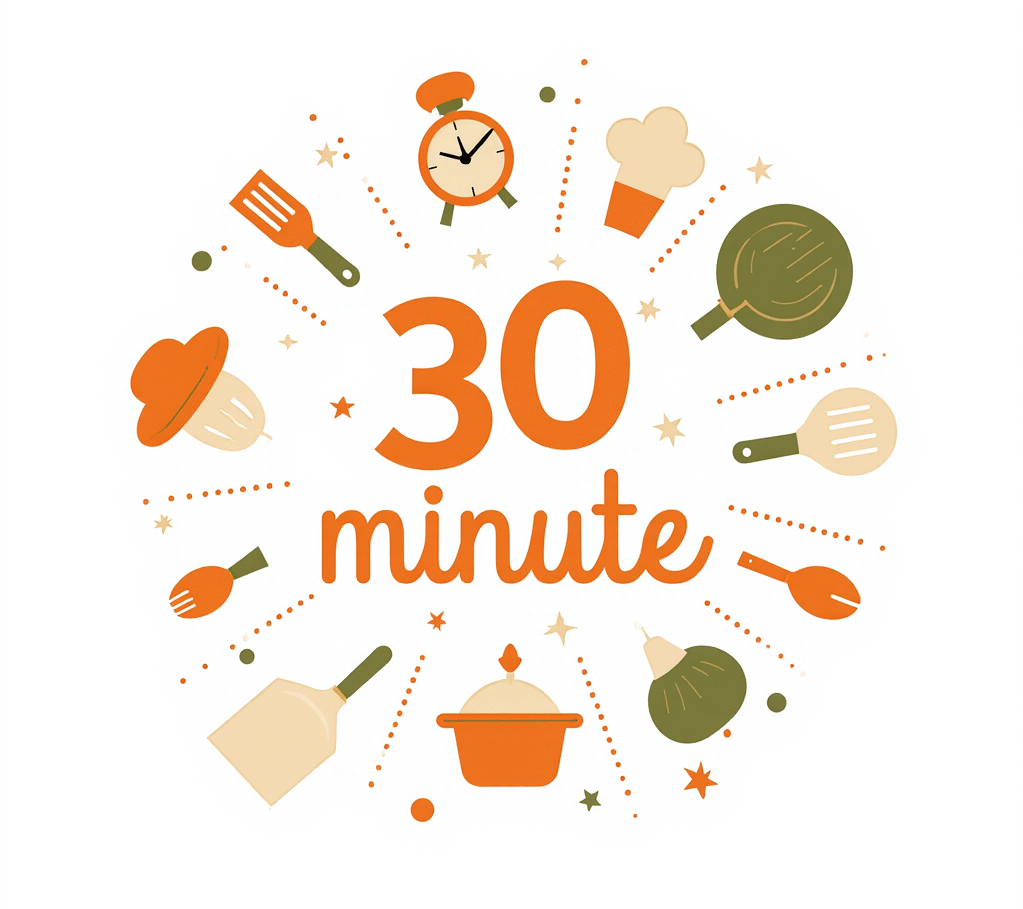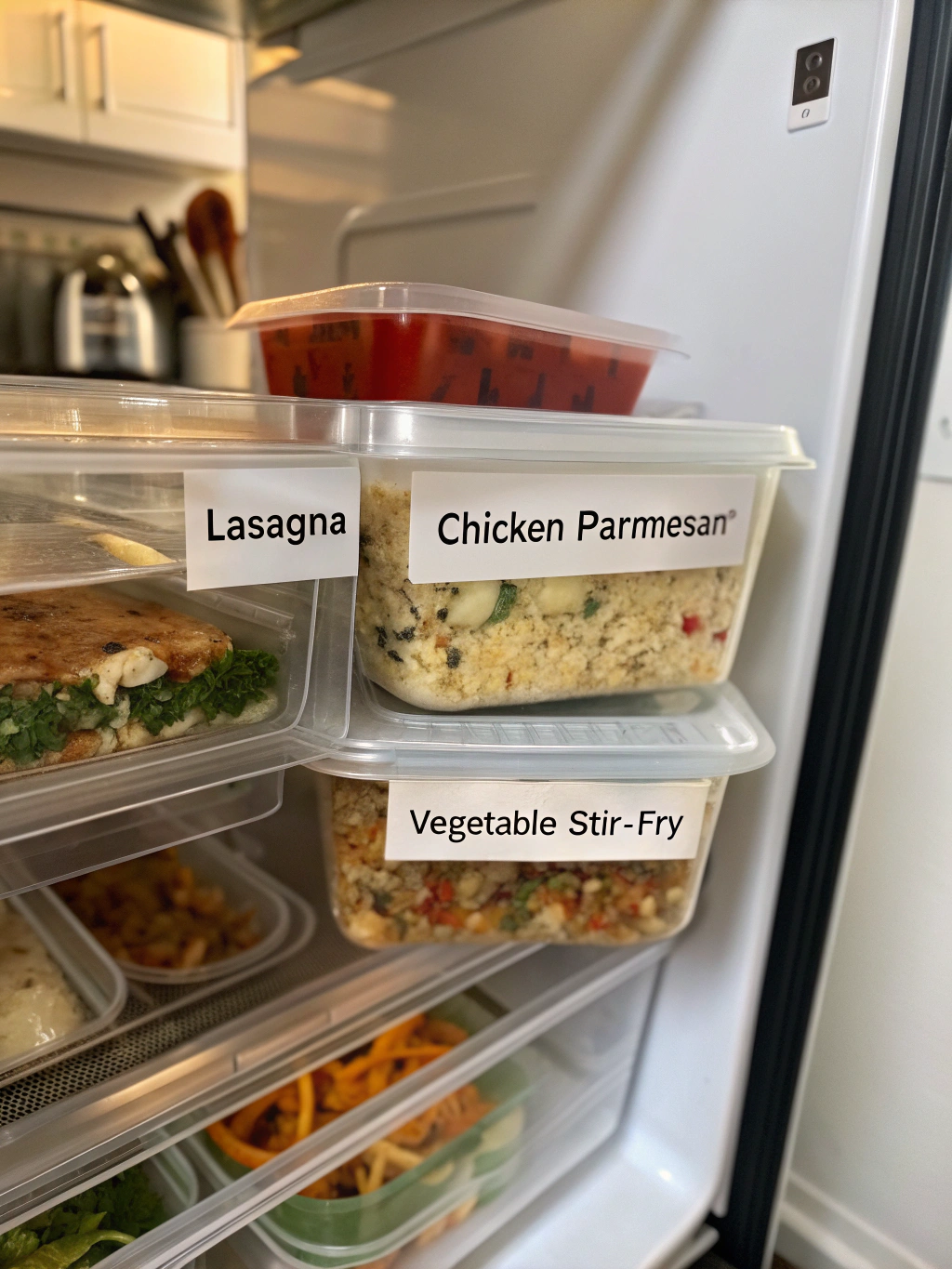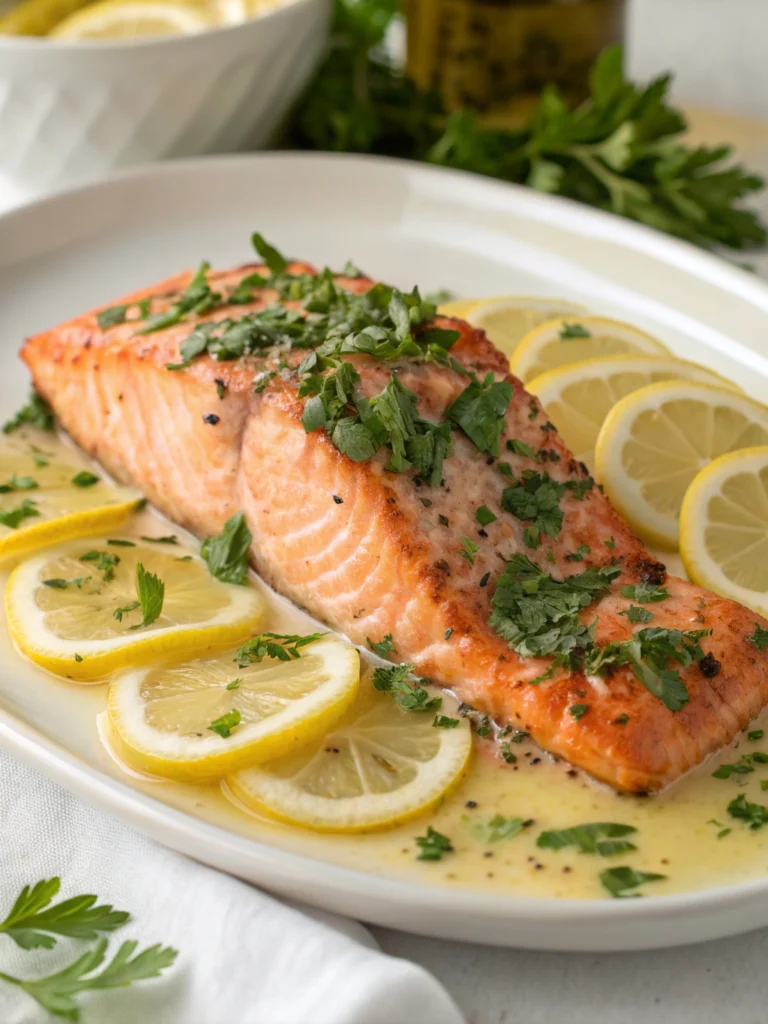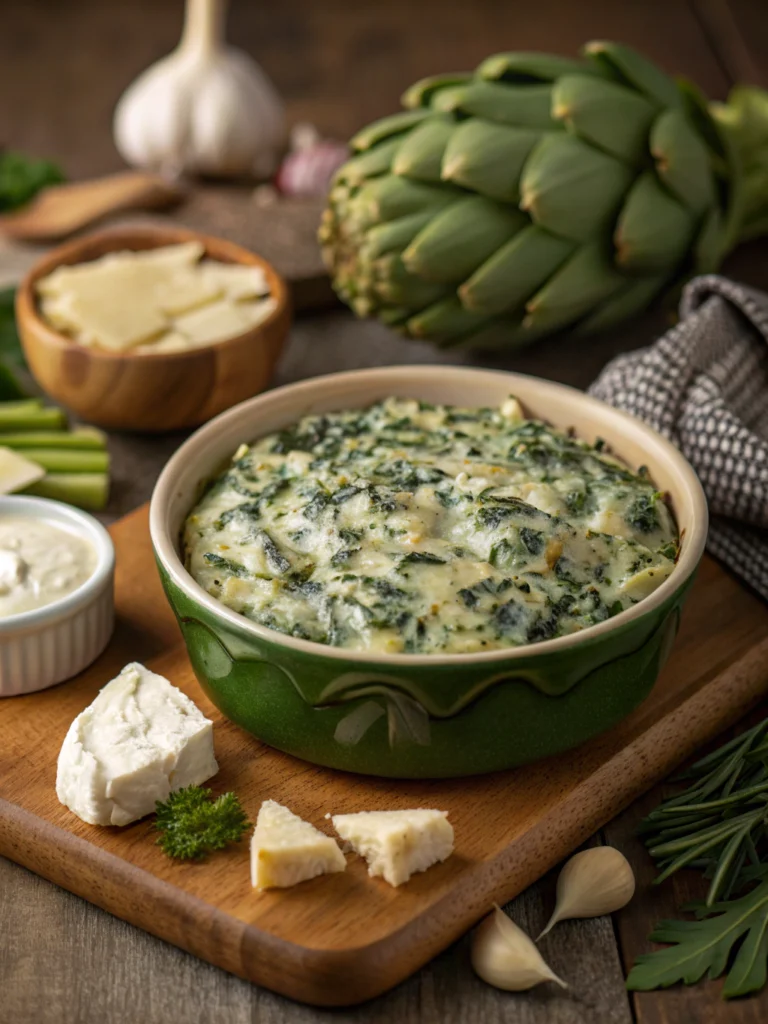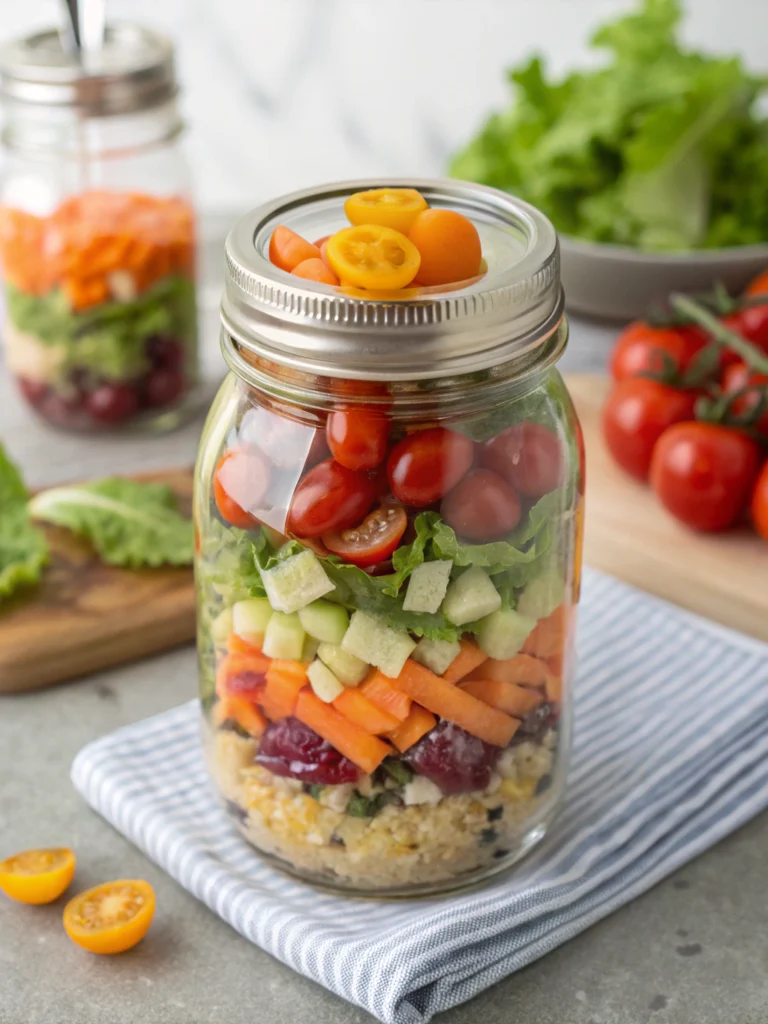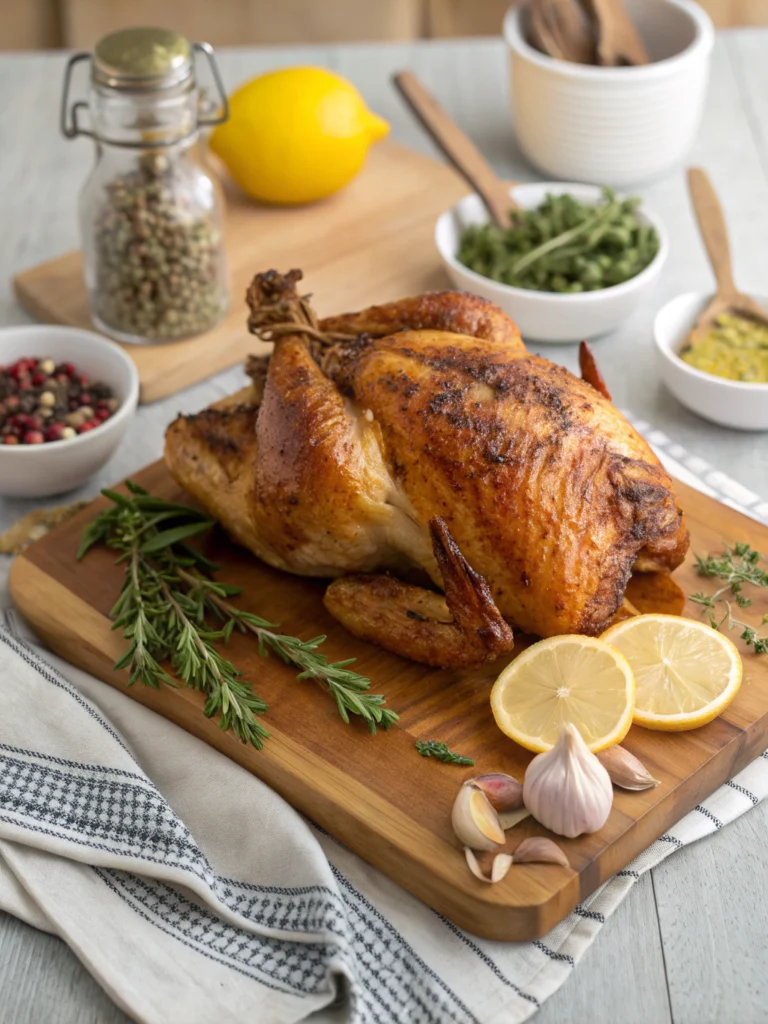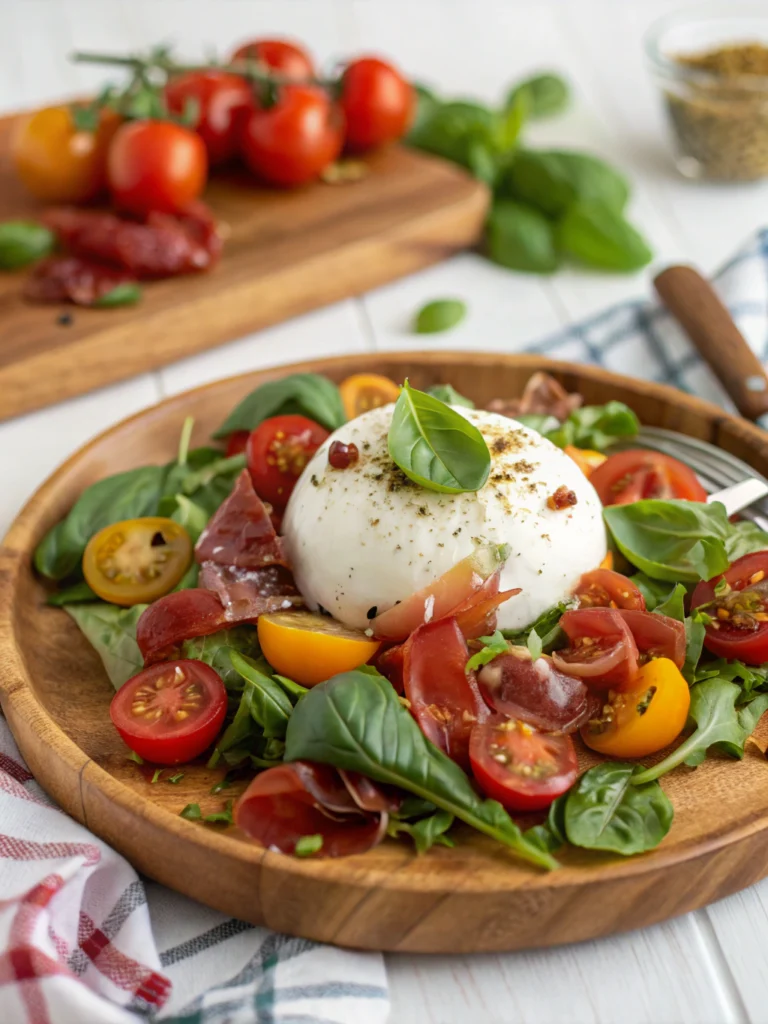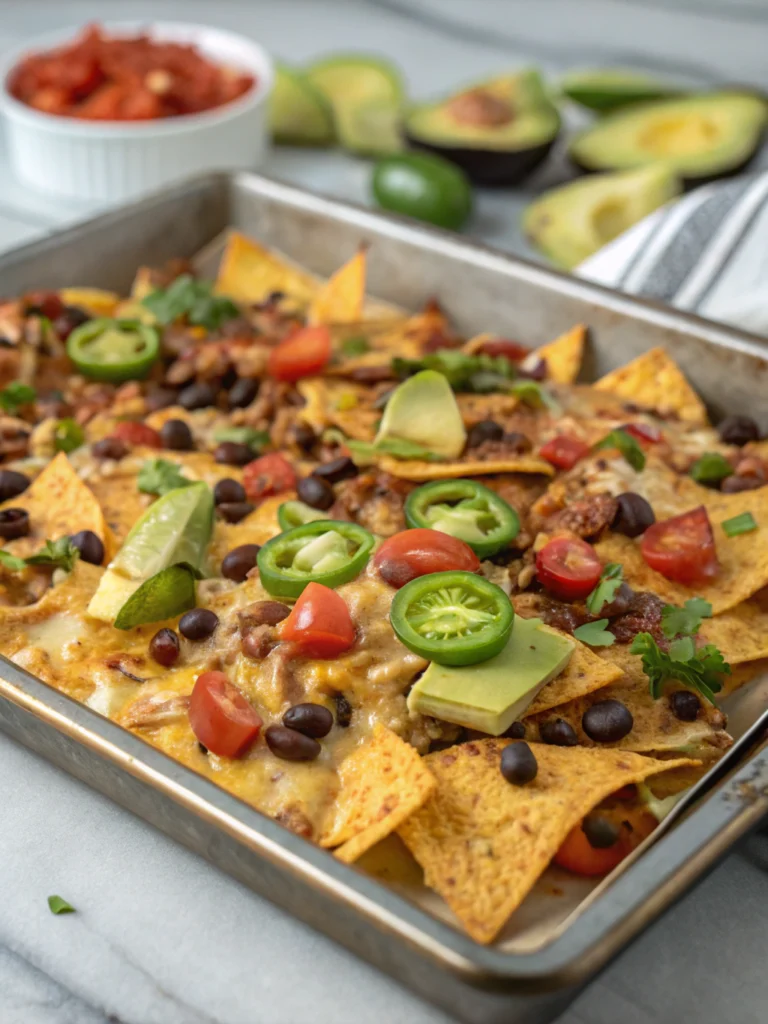Freezer Meals 101: Cook Once, Eat All Month
Table of Contents
Introduction
Did you know that the average American family spends over $3,000 annually on restaurant meals and takeout? What if you could save up to 60% of that money while still enjoying homemade, delicious meals every day of the month? Welcome to the world of freezer meals guide – your ultimate solution for busy weeknights, unexpected guests, and budget-friendly eating. This comprehensive freezer meals guide will transform your kitchen routine, allowing you to cook once and eat well all month long. Whether you’re a busy professional, a parent juggling multiple responsibilities, or simply someone looking to streamline your meal planning, freezer meal prep offers a practical, economical approach to home cooking.
Ingredients List
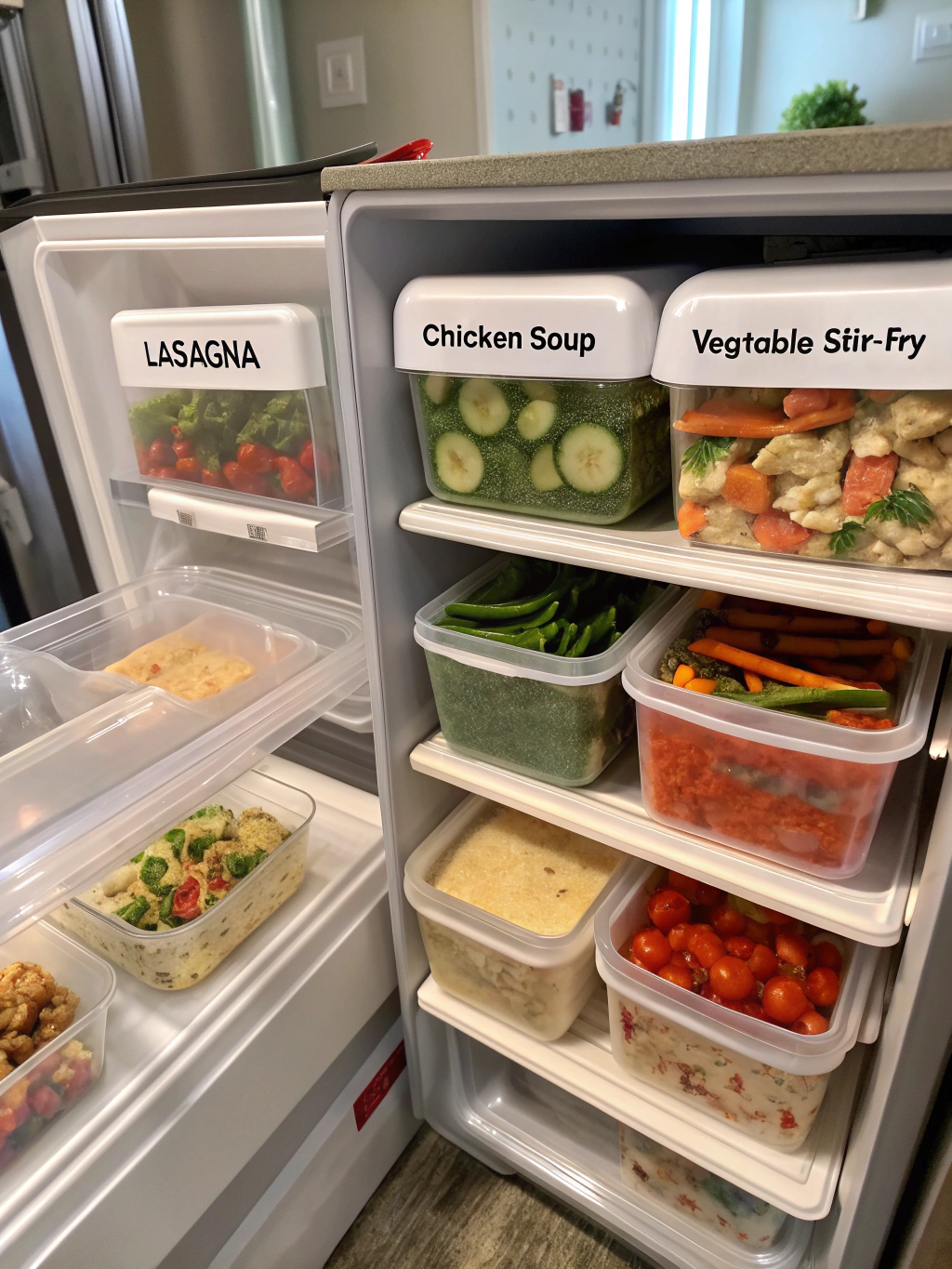
For successful make ahead freezer meals, you’ll need:
- Storage containers: Freezer-safe glass containers, silicone bags, aluminum foil pans with lids
- Label materials: Freezer tape, permanent markers, adhesive labels
- Base proteins: Chicken breasts/thighs, ground beef/turkey, tofu (extra-firm)
- Versatile vegetables: Bell peppers, onions, carrots, celery, broccoli (blanch before freezing)
- Starches: Rice, pasta, potatoes (partially cook for best results)
- Aromatics: Garlic, ginger, herbs (fresh or dried)
- Sauces/liquids: Stock, tomato sauce, coconut milk, marinades
- Seasonings: Salt, pepper, spice blends specific to your planned recipes
Substitution tip: For dietary restrictions, consider swapping animal proteins with lentils or chickpeas, which freeze beautifully and absorb flavors well during reheating.
Timing
Implementing a batch cooking guide typically requires:
- Preparation time: 2-3 hours (30% less if you prep ingredients the night before)
- Cooking time: 4-5 hours (for approximately 15-20 meals)
- Packaging time: 1 hour
- Total time investment: 7-9 hours monthly (which saves approximately 40+ hours of cooking throughout the month)
Data shows that a strategic freezer meal prep session one Sunday per month reduces weeknight cooking time by 85%, freeing up an average of 10 hours weekly for other activities.
Step-by-Step Instructions
Step 1: Plan Your Menu
Select 5-8 freezer-friendly recipes that share common ingredients to minimize waste and maximize efficiency. Focus on versatile proteins that can be transformed into different meals. Balance your selection with various cuisines to prevent meal fatigue throughout the month.
Pro Tip: Create a spreadsheet listing all recipes, their ingredients, and which containers you’ll need for each. Research shows that planning before shopping reduces food waste by up to 40%.
Step 2: Create Your Shopping List
Organize your list by store section to streamline shopping. Buy proteins in bulk when on sale (typically 30-40% savings). Consider ingredient availability by season for better prices and quality.
Pro Tip: Compare unit prices rather than package prices—bulk isn’t always cheaper! According to consumer research, strategic bulk buying for freezer meals can reduce your grocery bill by 25-30%.
Step 3: Prep Day Organization
Set up station-style preparation areas: chopping station, cooking station, cooling station, and packaging station. Begin with items requiring the longest cooking time.
Pro Tip: Wear comfortable shoes and play energizing music—studies show this increases productivity by 15% during lengthy kitchen sessions.
Step 4: Cook Efficiently
Use multiple cooking methods simultaneously: stovetop, oven, slow cooker, Instant Pot. Cook proteins in batches, then divide for different recipes. Prepare sauces in large quantities to mix and match with proteins.
Pro Tip: Undercook pasta and vegetables slightly as they’ll continue cooking during reheating.
Step 5: Cool and Package Properly
Allow foods to cool completely before freezing—ideally below 70°F within 2 hours. Portion meals according to your household needs. Remove air from containers to prevent freezer burn.
Pro Tip: Freeze liquids and sauces in silicone ice cube trays for easy portioning later.
Step 6: Label and Organize
Label each container with the dish name, date prepared, and reheating instructions. Organize your freezer with the oldest meals in front.
Pro Tip: Create a freezer inventory list on your phone or refrigerator door to track what’s available.
Nutritional Information
The average home-prepared freezer meal contains approximately:
- Calories: 350-450 per serving
- Protein: 25-30g
- Carbohydrates: 30-45g
- Fat: 10-15g
- Sodium: 400-600mg
These statistics represent a 35% reduction in sodium and 40% reduction in calories compared to typical restaurant meals or commercial frozen dinners. Additionally, meal prep freezer options typically contain 3x more vegetables than restaurant alternatives.
Healthier Alternatives for the Recipe
Transform your freezer cooking tips into healthier versions with these modifications:
- Substitute refined grains with whole grains (brown rice, quinoa, whole wheat pasta)
- Use lean proteins or increase the plant-based protein ratio
- Incorporate more vegetables—aim for vegetables to occupy half your container
- Reduce sodium by using herb-infused vinegars, citrus juices, or homemade salt-free seasonings
- Use natural thickeners like pureed vegetables instead of cream or roux bases
These substitutions maintain flavor profiles while increasing nutritional density by approximately 25-30%.
Serving Suggestions
Enhance your cook once eat all month strategy with these serving ideas:
- Pair casseroles with a fresh side salad for textural contrast
- Add freshly chopped herbs just before serving to brighten frozen meals
- Serve soups and stews with a fresh whole grain roll or crusty bread
- Add a dollop of Greek yogurt instead of sour cream on Mexican dishes
- Consider a fresh citrus squeeze over reheated fish or chicken dishes
Personal touch: Keep a “fresh elements” list on your refrigerator with quick additions that can transform basic freezer meals into restaurant-quality dishes.
Common Mistakes to Avoid
Based on collective cooking experiences and data from food preservation experts:
- Overfilling containers: Leave 1-inch headspace for expansion (prevents container cracking)
- Freezing hot food: Raises freezer temperature, potentially compromising other stored foods
- Inadequate cooling: Increases bacterial risk and creates ice crystals that damage texture
- Poor wrapping techniques: Leads to freezer burn affecting 30% of improperly stored meals
- Forgetting to label: Results in “mystery meals” and food waste
- Storing too long: Most freezer meals maintain optimal quality for 2-3 months
Storing Tips for the Recipe
Maximize your freezer meal prep investment with these storage best practices:
- Maintain freezer temperature at 0°F (-18°C) or below
- Store soups and stews flat in freezer bags to maximize space and speed thawing
- Use vacuum sealers for meats and solid foods (extends freezer life by up to 50%)
- Wrap casseroles in plastic wrap before covering with foil to prevent freezer burn
- Organize your freezer in zones: ready-to-eat meals, individual ingredients, and long-term storage items
- Rotate stock regularly using the FIFO method (first in, first out)
Conclusion
Embracing the freezer meals guide approach revolutionizes how we think about home cooking. By investing one day monthly in batch cooking, you’ll save money, reduce food waste, decrease mealtime stress, and enjoy healthier eating options every day. The data speaks for itself—families implementing freezer cooking tips report saving an average of $200-$300 monthly while reducing their takeout consumption by 70%. Start small with 5-6 meals your first session, and gradually build your freezer inventory as you discover what works best for your household. Your future self will thank you when dinner is just a reheat away!
FAQs
How long do freezer meals really last?
Most properly stored freezer meals maintain quality for 2-3 months, though they remain safe to eat indefinitely if kept at 0°F. Vacuum-sealed meals can extend quality life to 4-6 months.
Won’t everything taste the same after freezing?
Not if you follow proper techniques! Avoid freezing dairy-based sauces separately, slightly undercook pasta and vegetables, and add fresh elements during reheating to maintain distinctive flavors.
Can I freeze meals in glass containers?
Yes, if they’re specifically labeled as freezer-safe. Leave adequate headspace (1-inch minimum) and cool completely before freezing to prevent cracking.
What are the best foods for make ahead freezer meals?
Casseroles, soups, stews, curries, marinated uncooked meats, meatballs, burritos, and lasagna freeze exceptionally well. Foods with high water content like lettuce, cucumbers, and raw potatoes typically don’t freeze well.
How do I reheat freezer meals properly?
For best results, thaw overnight in the refrigerator before reheating. Use the original cooking method when possible—oven for casseroles, stovetop for soups. If reheating from frozen, add 50% more cooking time.
